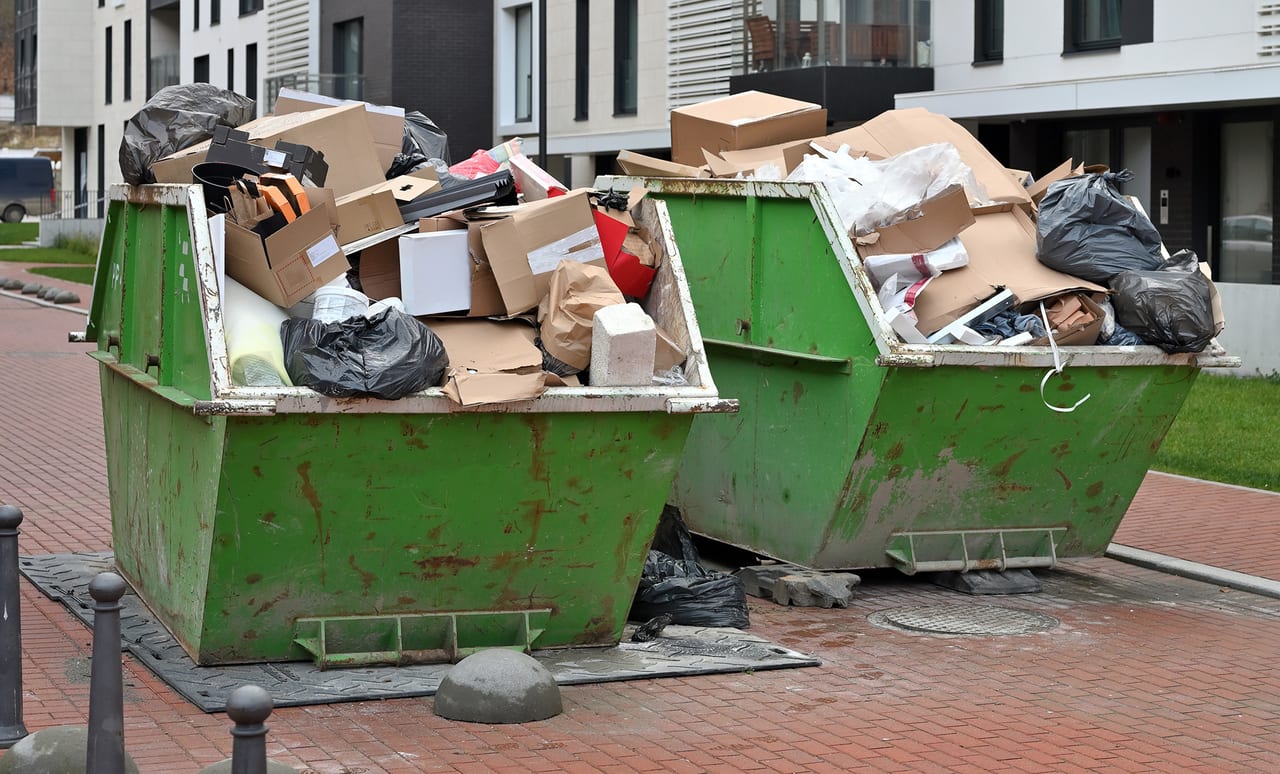Contents Corner
The 3 Biggest Mistakes
a Restorative Cleaner Can Make When Dealing With a Hoarding Situation

Photo credit: flavijus/iStock / Getty Images Plus
By Annissa Coy
We’ve all heard the saying, “What is one man’s trash is another man’s treasure.” To a person who hoards, that statement is so very true.
The simple, short definition of hoarding is the practice of collecting or accumulating something, which most of us do. I have seen collections of butterflies, magnets, salt and pepper shakers, cookie jars, National Geographic magazines, shoes, purses, VHS tapes, and even fishing lures.
Does this mean that all who collect things are hoarders? Well, maybe to some degree, but most people don’t take it to an extreme or unhealthy level. Hoarding is different in that a person who collects things usually looks for things of value and organizers these items to display them. A hoarder may collect things like rotten food, trash or even animals.
Hoarding is a psychological disorder or mental illness. There are five stages of hoarding and what stage a person is at will greatly dictate how you will need to handle the situation.
For a person who suffers from hoarding disorder, a fire in their home is an especially tragic event emotionally. Not only were they suffering mentally to begin with, but now all of the “things” that brought them a feeling of security are either covered in black soot or possibly burnt beyond recognition.
As restorative cleaners, we need to be equipped to handle and understand these types of jobs. No different from a mold job or a forensic job, it takes specialty training and skills to properly process.
And to properly process a hoarding job, you have to be able to understand the emotional side of this type of loss. Hoarders give immense emotional value to things that are of little to no actual monetary value at all. The hardest part for them is getting rid of or throwing anything away.
So how do you handle all of the non-salvage items and get your client to let go? Good question!
I have found over the years that when a hoarding job goes sideways, there are three big mistakes that often are the culprit. If you avoid these, you will be setting yourself and your client up for success right from the start.
1. Properly assess the situation.
To understand how to proceed, it is vital that you properly assess the situation from the start. And in order to do that you need to know the following.
- What level of hoarding are you dealing with? (There are five stages)
- How long have they been hoarding?
- Is the structure safe for you and your team to be working in?
- Was there a tragic event in their life that triggered the hoarding?
- Is there a family member who can help with the situation and be a support person to help you walk them through the process? If they have no family, do you need to involve social services?
- Is the adjuster on the loss aware of the situation?
A content-rich environment like this will cost a lot more money generally to process than an average job, so it is important that the adjuster (who is ultimately writing the check to pay the bill) understands ahead of time to expect a larger than normal bill.
Once you have assessed the situation you can get a game plan of how you will want to proceed with the job.
2. Treat them with respect and gain their trust.
A huge misconception about people who hoard is that they are either lazy or dirty people.
The hoarder and their loved ones become victims in these circumstances, and they need help and compassion – not judgement. It is important that they feel heard and safe with you. Gaining their trust is vital if you want to be successful in helping them.
The fastest way to gain their trust is if they feel you respect them and care about what they want.
Acknowledge their pain and help them understand that you are there to help them through this painful process, all the while giving them clear expectations of what to expect while not pushing them. Be honest with them, but gentle.
Realize that people in their lives have probably judged them and not been so kind about their living situation. This can be true of family as well. Mostly, this is due to either lack of understanding or frustration after trying to help someone unsuccessfully stop hoarding.
Gain their trust through respect, and you can help them let go and move forward.
3. Stay in your lane.
This is probably the biggest mistake I see.
Restorative cleaners take on these types of jobs with no training or real understanding of how to properly handle all aspects of this type of loss.
Just because you know how to clean and decontaminate after a sewer backup or a fire doesn’t mean you have the skills that are necessary when dealing with a hoarder. It’s OK to call in an expert to help or even turn down a job if you or your team aren’t equipped with the proper tools and training.
A hoarding job can be one of the most difficult types of jobs that we process as restoration contractors. And if handled correctly can be one of the most rewarding and life changing events we get to be a part of. Not only for you and your team but for the person who is suffering from such an illness.
Annissa Coy is a well-trained and highly skilled professional in the cleaning and restoration industry, and the co-creator of Firehouse Education and Mobile Cleaning Systems. She was also the winner of R&R’s inaugural Women in Restoration Award in 2017. Be sure to check out Coy’s weekly videos on www.randrmagonline.com! Have a question for Annissa? Email her at Annissa@firehouseeducation.com.


